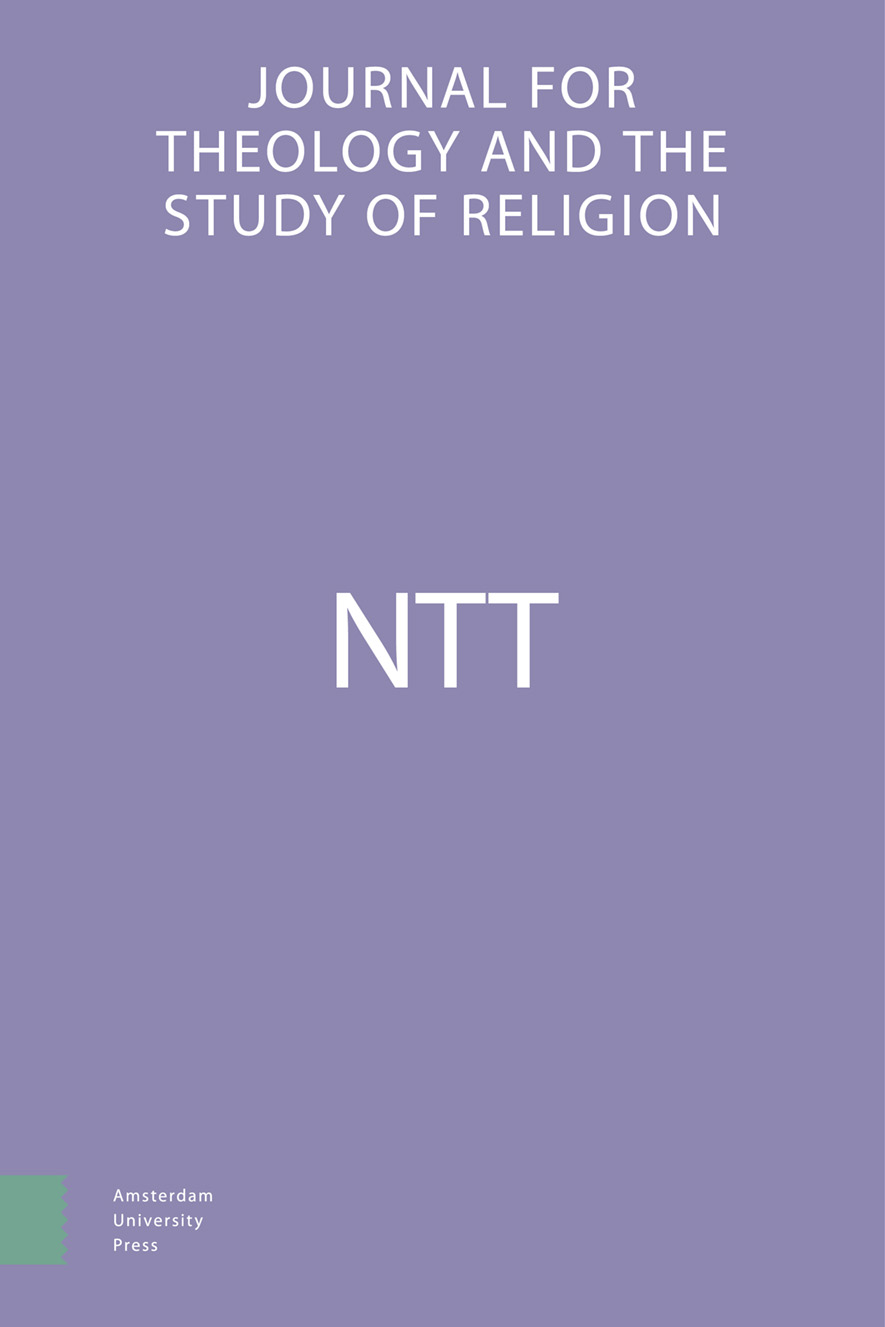-
oa Pointing to Transcendence: Reflections from an Anglican Context
- Amsterdam University Press
- Source: NTT Journal for Theology and the Study of Religion, Volume 75, Issue 3/4, Sep 2021, p. 310 - 336
Abstract
After a critical examination of western master narratives of modernization and secularization, David Martin focuses, first, on one of the variants of Christian modernity, Anglican modernity. The Anglican Church provides a simulacrum of the universal church as it ranges from the Catholic to the Evangelical and Pentecostal and is, hence, rigged also by many of the problems confronting the church in the contemporary world. Next, Martin considers some examples of unanchored spirituality and free-floating faith that have, in his opinion, no serious future as major expressions of Christianity—he discusses, in particular, Schumann’s paradigm of Romantic music. Though inevitably fallible, churches are to be regarded as pointers to transcendence, opening, in the words of William Blake, “the doors of perception.” Without the institutional church to protect and perpetuate the Christian language of transcendence and provide ritual re-enactment of the Christian story of ruin and restoration, the Anglican/Christian vision would be as vulnerable and ephemeral as most contemporary forms of non-institutional, un-anchored “spirituality” [the editors].


